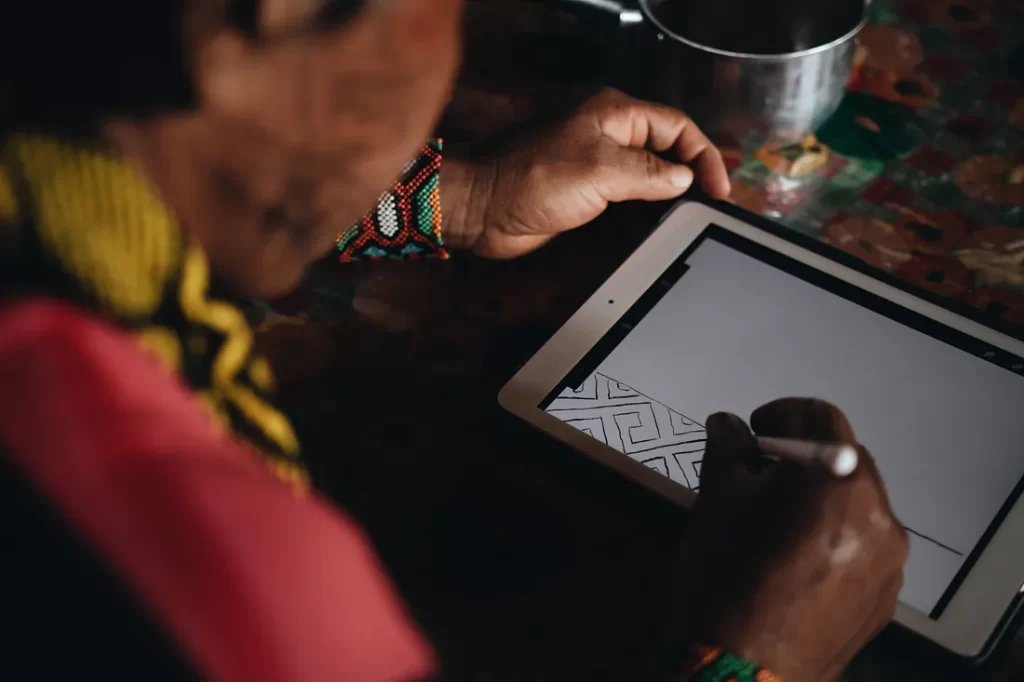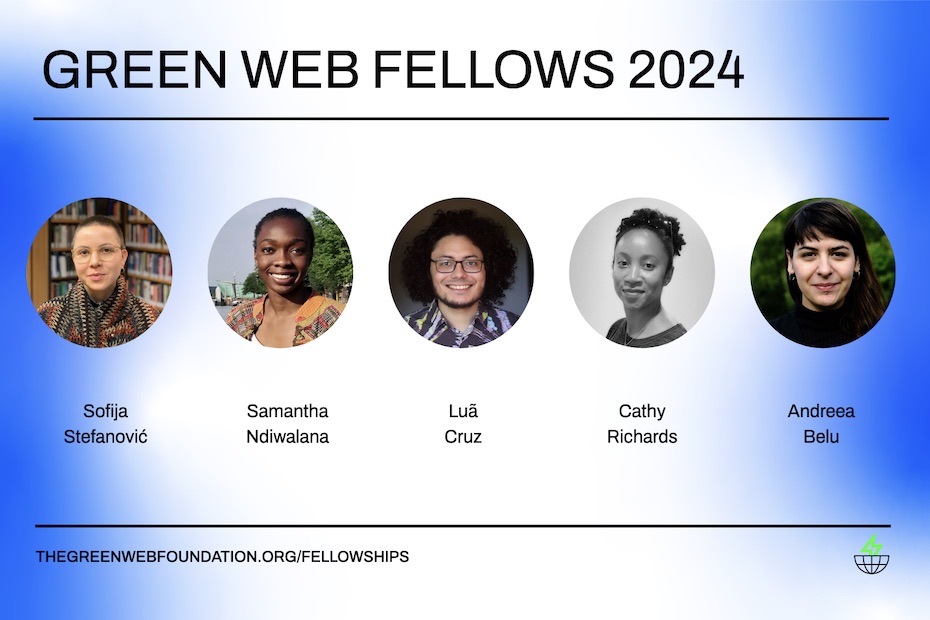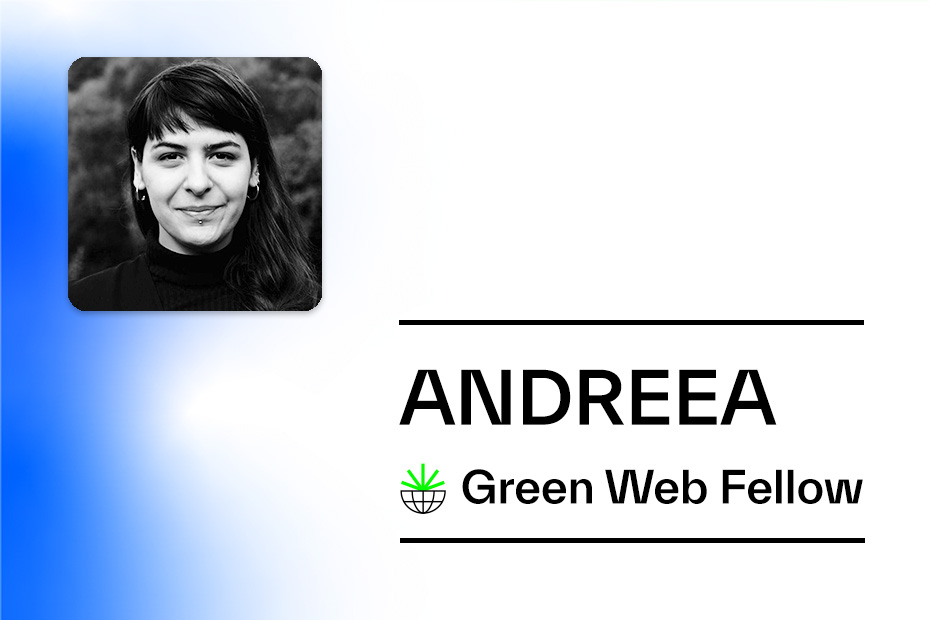The Northern region of Brazil, the country’s largest macro-region, is characterized by its vast Amazon biome, featuring expansive dense forests and flooded areas. Understanding the challenges in internet access in this region requires us to consider its geographical size and vegetation characteristics, alongside social, political, and economic factors.
Because of all this, connecting Amazon to the Internet has long been a challenge. Existing connectivity gaps were further exposed by the COVID-19 pandemic crisis, revealing significant human rights inequalities. Inadequate infrastructure, economic barriers, and negligence in telecommunications policies complicate the scenario even further.
While initiatives like Starlink offer promising solutions to the connectivity problem in the Amazon, they also raise concerns about environmental impacts, digital sovereignty, and long-term sustainability, prompting a critical examination of the trade-offs involved in relying on such emergent technologies.
And that’s what I want to talk about in this blog post and throughout my fellowship.

Guilherme Meneghelli [CC BY-NC-SA 3.0 BR]
Potentialities and challenges of internet access in the Amazon region
The pandemic underscored how the lack of internet access adversely affects living conditions, especially for Amazonian populations. Internet access in the region is crucial for locals living in remote areas, far from healthcare facilities, cultural amenities, and educational institutions. The use of the internet by the most vulnerable social groups, such as those in the Amazon region, ends up being limited to communication activities—a function that requires minimal connectivity and is included in zero-rating schemes, exacerbating distortions in full internet access.
In this sense, internet availability in remote regions represents not only an alternative to improving the quality of life but also ensures minimum resilience conditions for accessing health, work, and education services. Access to the internet is fundamental to strengthen the resilience of communities, support their subsistence, and create conditions for populations to develop and access other essential public services. Beyond access to essential public services, during the pandemic, connectivity also opened up a range of unexpected possibilities for Amazonian communities: alerting authorities about fires in their territory, receiving and sending product orders, mobilizing indigenous peoples to get vaccinated, coordinating the distribution of face masks, and engaging in various other new activities.
The arrival of connectivity also helps communities save residents’ time and money, enabling them to declare taxes, apply for subsidies, and send documents remotely. Even today, thousands of residents spend entire days traveling to a location with internet access to carry out one of the activities described above. In addition to all this, internet access contributes to cultural preservation as indigenous people and other traditional communities gain the opportunity to share their languages, cultures, and creativity through content production available on the World Wide Web.
But the internet is not a bed of roses. Amid the connectivity challenges in the Amazon region, crucial concerns arise regarding the spread of fake news, which has significant impacts on the health of indigenous communities. The dissemination of mis/disinformation has hindered vaccination efforts, generating doubts and concerns among indigenous people about the safety and efficacy of COVID-19 vaccines. Additionally, environmental misinformation poses an additional threat to communities that depend directly on the natural resources of the Amazon.
Starlink’s controversial entry
Regulations and public policies in the area have failed to address the differences that characterise access to rights and services in the country. Over the recent decades, Brazil has implemented a series of policies to expand connectivity throughout the national territory. These disparities are direct results of regulatory choices that favored market solutions without addressing the needs of universalisation and equitable access to the internet for the full exercise of rights in the 21st century.
After years of neglect in Amazonian telecommunications, indigenous and quilombola communities are seeking their own solutions, including community networks and hiring satellite services. The Starlink project, led by billionaire Elon Musk, stands out as an alternative in the region by offering, at a first sight, groundbreaking quality and prices. In this scenario, the “Conexão Povos da Floresta” project emerges, a collaborative initiative among indigenous, quilombola, and extractive organizations, aiming to provide high-speed connectivity to remote communities, prioritizing digital inclusion and cultural preservation. However, the primary connectivity vector to be contracted by the project is precisely Starlink’s products and services.
Despite its growth in Brazil, Starlink has arrived surrounded by controversy. Initially, documents revealed interference from the Bolsonaro government in the National Telecommunications Agency (Anatel, in Portuguese) to facilitate Starlink’s entry into Brazil. The partnership raised questions about regulatory independence and potential conflicts of interest, as it was originally intended to provide internet to underserved communities.
During its expansion, Starlink faces a series of other criticisms, including poor customer service and improper charges. Its lack of local support categorises it as ‘not recommended’ on Reclame Aqui, a major Brazilian platform for complaints against companies related to service, purchase, sale, products, and services.
Environmental concerns with the arrival of Starlink in these communities are also numerous and multifaceted. Existing research already raises questions about the sustainability of thousands of low-earth orbit satellites and their potential impacts on astronomical observation. Other initial reflections point to the risks associated with the fall or accumulation of satellites as space debris, highlighting the need for preventive measures.
In the complex landscape of traditional communities joining forces to raise funds and subscribe to Starlink’s internet services, a myriad of dilemmas and contradictions emerge. These communities, driven by the urgent need for connectivity to address daily challenges, like combat illegal mining (which also uses the same satellite services to coordinate their activities), find themselves in the paradoxical situation of financially supporting a billionaire with interests diametrically opposed to theirs. However, in the current context, Starlink stands as the only viable option for these communities in a short term to bolster their fight against illegal activities and overcome everyday adversities. This scenario highlights the intricate trade-offs and compromises these communities face in navigating the intersection of technology, autonomy, and their long-term environmental and cultural interests.
The road ahead
All this information reveals intriguing complexities in connectivity policies in the Brazilian Amazon. My next step will be to deepen these analyses and incorporate a variety of perspectives, with the aim of contributing to the understanding and improvement of connectivity strategies in the region.
As I move forward with my project, there are several questions that continue to drive my inquiry. Firstly, I’m curious about the specific challenges and consequences faced by communities due to limited digital literacy. How does this lack of proficiency impact their ability to engage with environmental conservation efforts in the digital sphere? Secondly, what measures are in place—or lacking—for protecting the data privacy and digital rights of these communities, especially considering their unique cultural and environmental contexts? Additionally, I’m eager to understand the dynamics of network usage rules: who sets them, how are they enforced, and what implications do they have? Lastly, I’m keen to investigate the Brazilian government’s strategies and actions in response to these issues (literacy, data protection, connectivity and so on). What initiatives are being planned or implemented to address inequities and safeguard the rights of Amazonian communities in the digital age?
To advance my understanding, I plan to engage with local communities, telecommunication experts, policymakers, and environmentalists. This collaborative effort will provide a comprehensive view of the challenges and potential solutions. Navigating this path, I aim to contribute to the formulation of informed policies that address the complexities of connectivity and foster a more connected and equitable future for the Amazon region.


